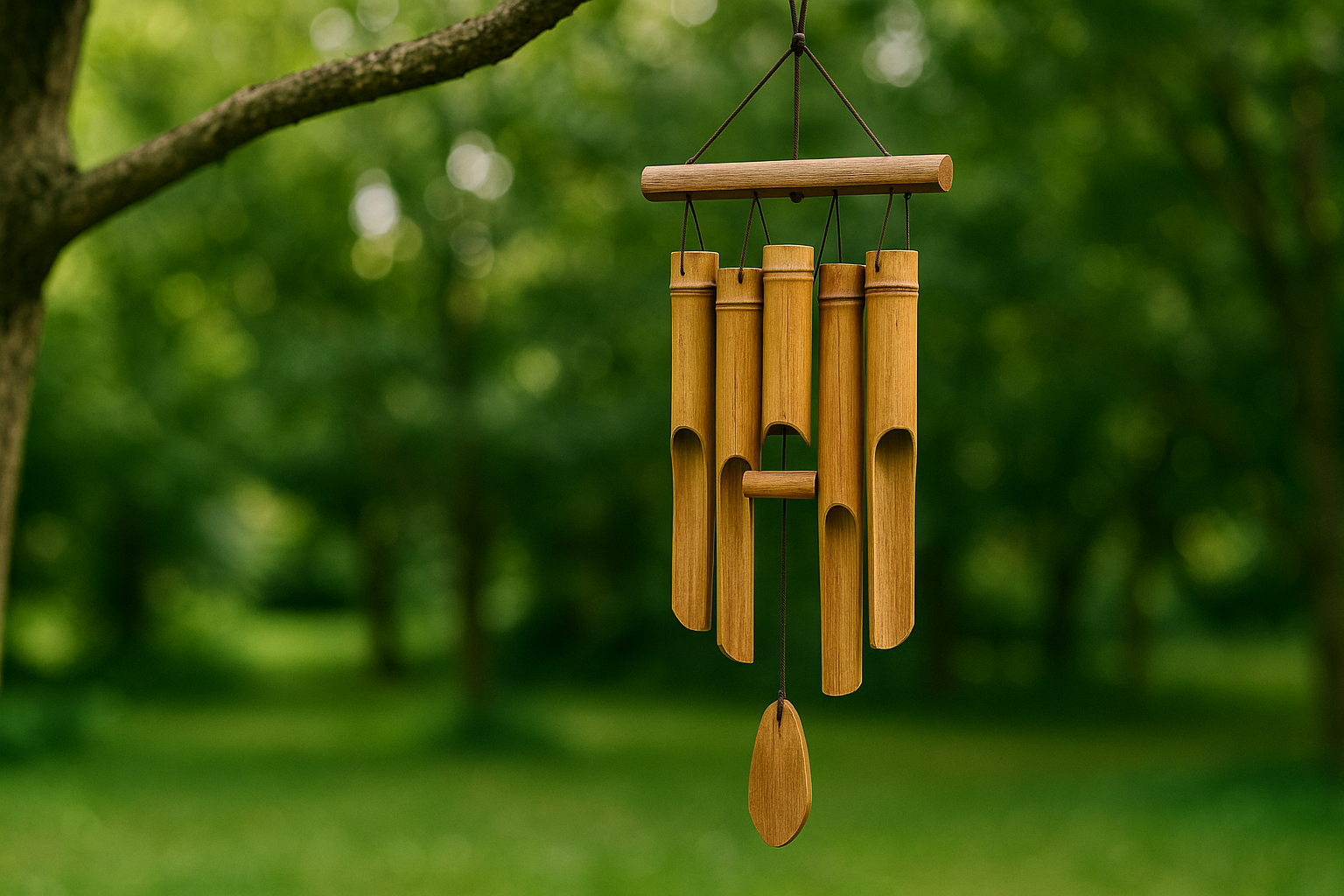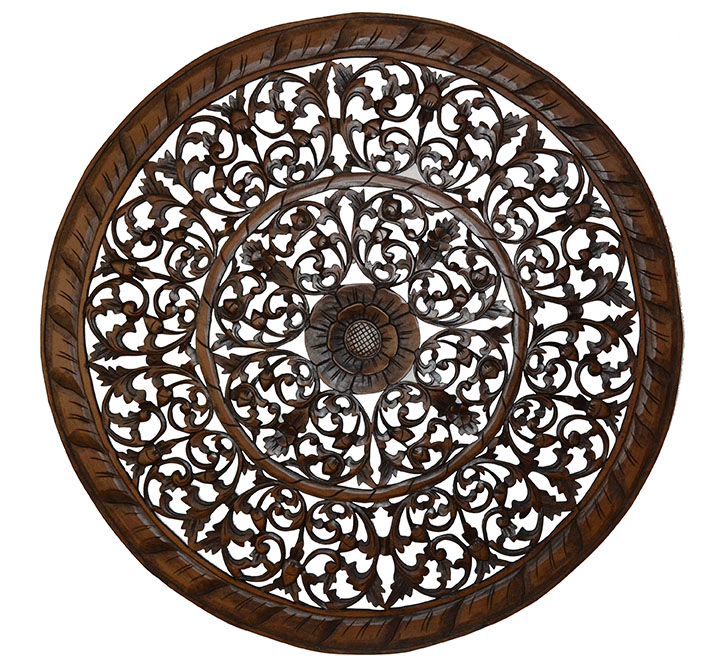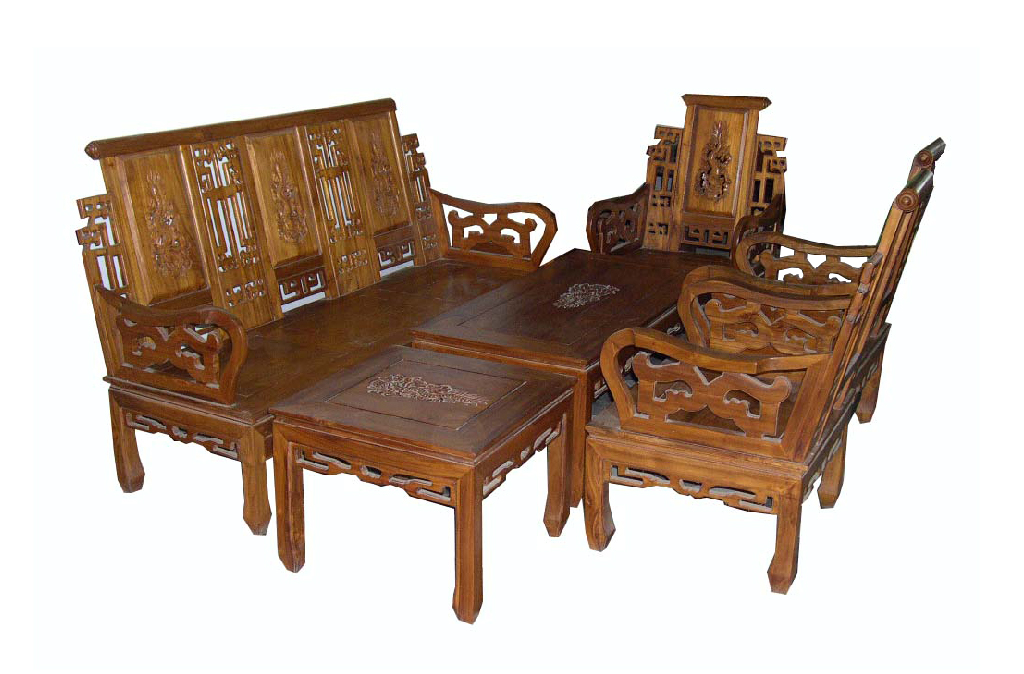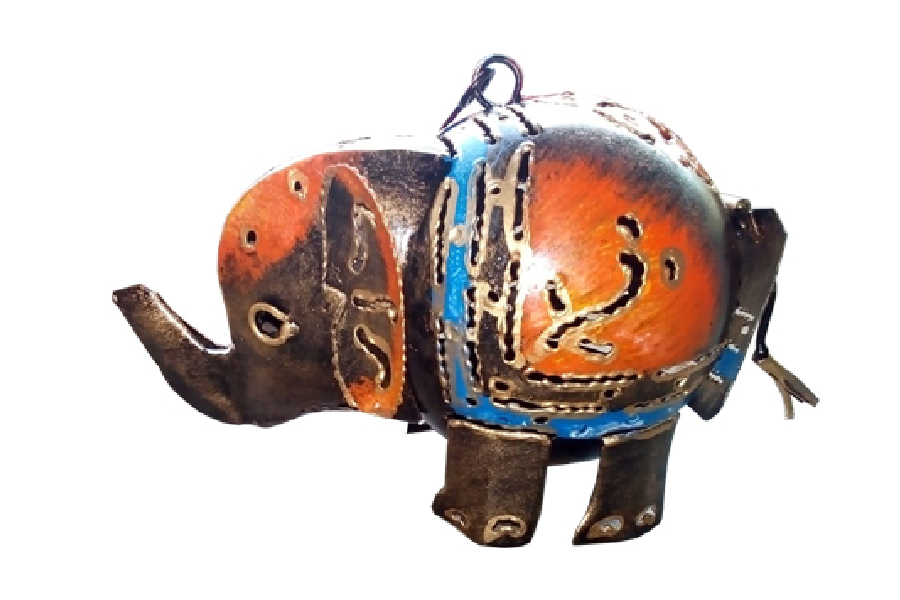When we talk about classic kitchen utensils, our minds are bound to utensils that made from natural materials such as bamboo and wood. Most of those utensils are high quality handmade crafts that are often inherited from our Predecessors, from cutting boards, wooden bowls to various types of spoons that bring an old-fashioned and cozy charm to your kitchen. Wooden utensils are quite ideal because they can protect your food from germs and fungi with its natural antibacterial properties. However, this type of utensil requires special care because it is made from natural materials and different from kitchen utensils which made of metal or plastic. Wooden kitchen utensils can last a very long time if we know how to care them properly. In this article I will write about how treat your wooden kitchen utensils properly, including cutting boards, plates, bowls and spoons so that they can look like new for a long time.
Do Not Wash Them Using Dishwasher
Do not wash your wooden kitchen utensils using dishwasher, because strong water and detergents can damage wooden utensils, they can crack or rot quickly. It is highly recommended to wash them by hand.
Hand-Wash Them With Warm Water and Soft Soap After Using
Use a nylon scouring pad or sponge to clean your wooden utensils from food particles. It is strongly recommended to use mild soap and warm water and make sure all surfaces are clean. Do not let leftover food stick to your wooden utensils for long time, clean it immediately after you use it.
Clean the Remaining Water With a Soft Cloth
Wipe the entire surface of your wooden kitchen utensils after washing them using a clean soft cloth, to remove the excess water and make sure all surfaces are dry. This will prevent damage and mildew as the wood absorbs too much water. Wet wood surfaces for a long time will expand and can cause cracks.
Don’t Dry Under The Direct Sun Burn
Do not immediately put them in the kitchen utensil cupboard after washing and wiping them. Put them on a rack or open area until they are completely dry. Water particles that trapped in wood crevices will not be removed by wiping only and their accumulation can damage the wood or will cause them to get moldy. Let them completely thoroughly air dry before putting them back in the kitchen utensil holder.
Don’t Soak Them For Long Time
After dinner or cooking, sometimes we soak kitchen utensils for a long time or even an overnight and then wash them in the next day. For wooden kitchen utensils, it is highly not recommended. Likewise, avoid washing them in the dishwasher (as stated previously), leaving them dirty and soaking overnight allows the wood to expanding and spoil faster. Small crevices in the wood can absorb food debris and become a breeding area for bacteria which can cause adverse health effects in turn. Wash them as soon as possible after you use them and you will have them much longer.
Treat With Mineral Oils Or Beeswax Routinely
At least once a month, re-polish your wooden kitchen utensils with mineral oil or beeswax to keep them in their best condition and keep shiny. Mineral oil is very good food-safe polishers and can be well absorbed by wood surfaces. Because it is oil based, it can reduce water absorption and its very safe for repeated use. Beeswax also works well and its food-safe too. Enjoy your free time while polish wooden kitchen utensils with mineral oil or good quality beeswax. There are a number of mineral oils and beeswax recommended in supermarkets, don’t use olive oil or any other vegetable oil as they can leave an unpleasant smell or rancid.
Use Sandpaper If Needed
You may find the surface of your wooden kitchen utensils is rough and not shiny anymore because it has been used for a long time, use sandpaper to work on it. Choose the appropriate sandpaper grit. Sand the rough areas until they are as smooth as the other surface. Then apply mineral oil or beeswax to restore their shiny.
Dealing With Stains
Strongly colored fruits such as dragon fruit usually leave stains on wooden bowls, plates or wooden cutting boards. But don’t worry, the following methods will solve this problem. The first, use hot water and mild soap to wash it, do not rub too hard because it will damage the smooth surface. You may use baking soda and lemon for stubborn stains. Rub it right on the stained surface and wash it off immediately. If the stain doesn’t go away completely, don’t worry because if you wash and dry the utensils well, the stain won’t pose a bad risk to your health. The stain will disappear on its own over time, with continuous washing and cleaning.
Get Rid Their Smells
For some wooden kitchen utensils such as cutting boards, odor or smell is a common problem. Applying a slice of lemon to the surface of the cutting board after using it to cut meat or fish will help to get rid of any lingering odors. Let the lemon juice dry and then wash it off. You may also use a paste from a mixture of water and baking soda. White vinegar also works great get rid of smell. The method is the same, apply it on the surface, let it dry and then wash it immediately. But the most used option is the lemon method, because it can give your cutting board and other utensils a distinctive lemony smell. Check out the list of our Bali home decor items on the ‘Shop’ page.







